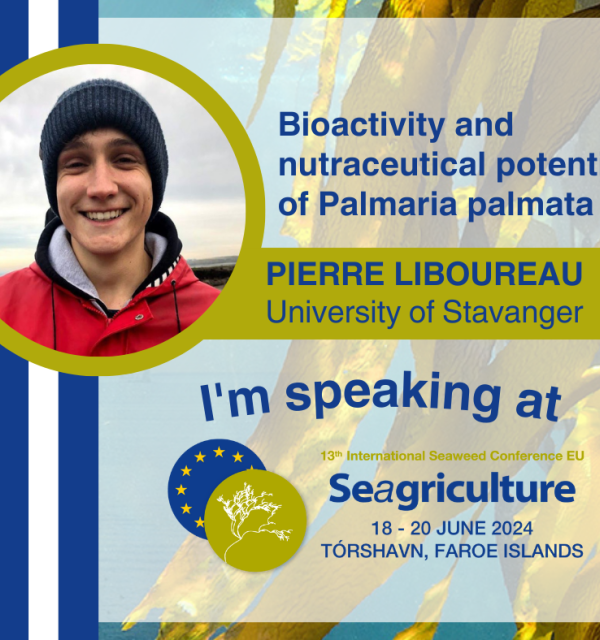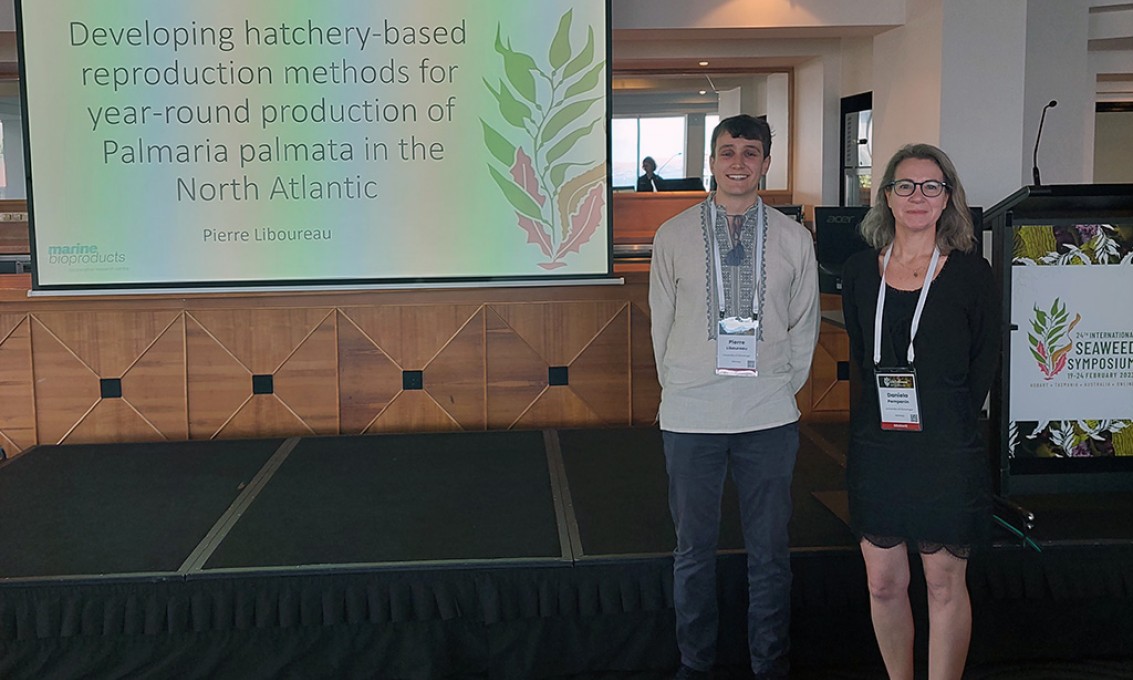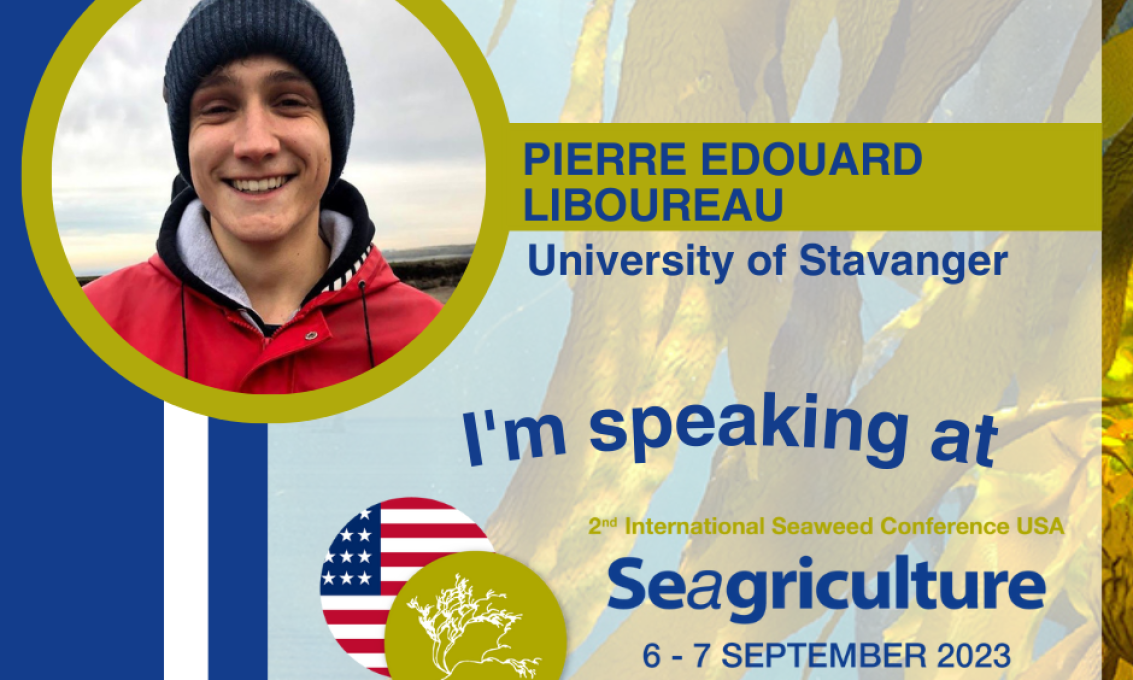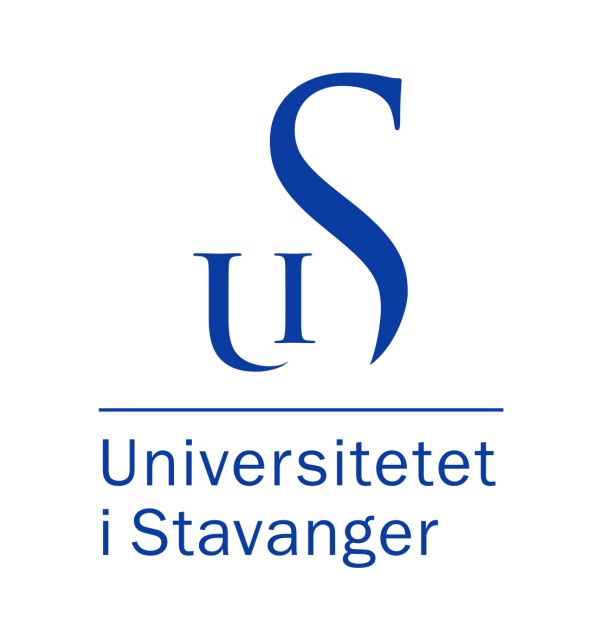Our research aims to contributing on a sustainable use of the red seaweed Palmaria palmata in aquaculture. The work focuses on life cycle and nutritional potential.
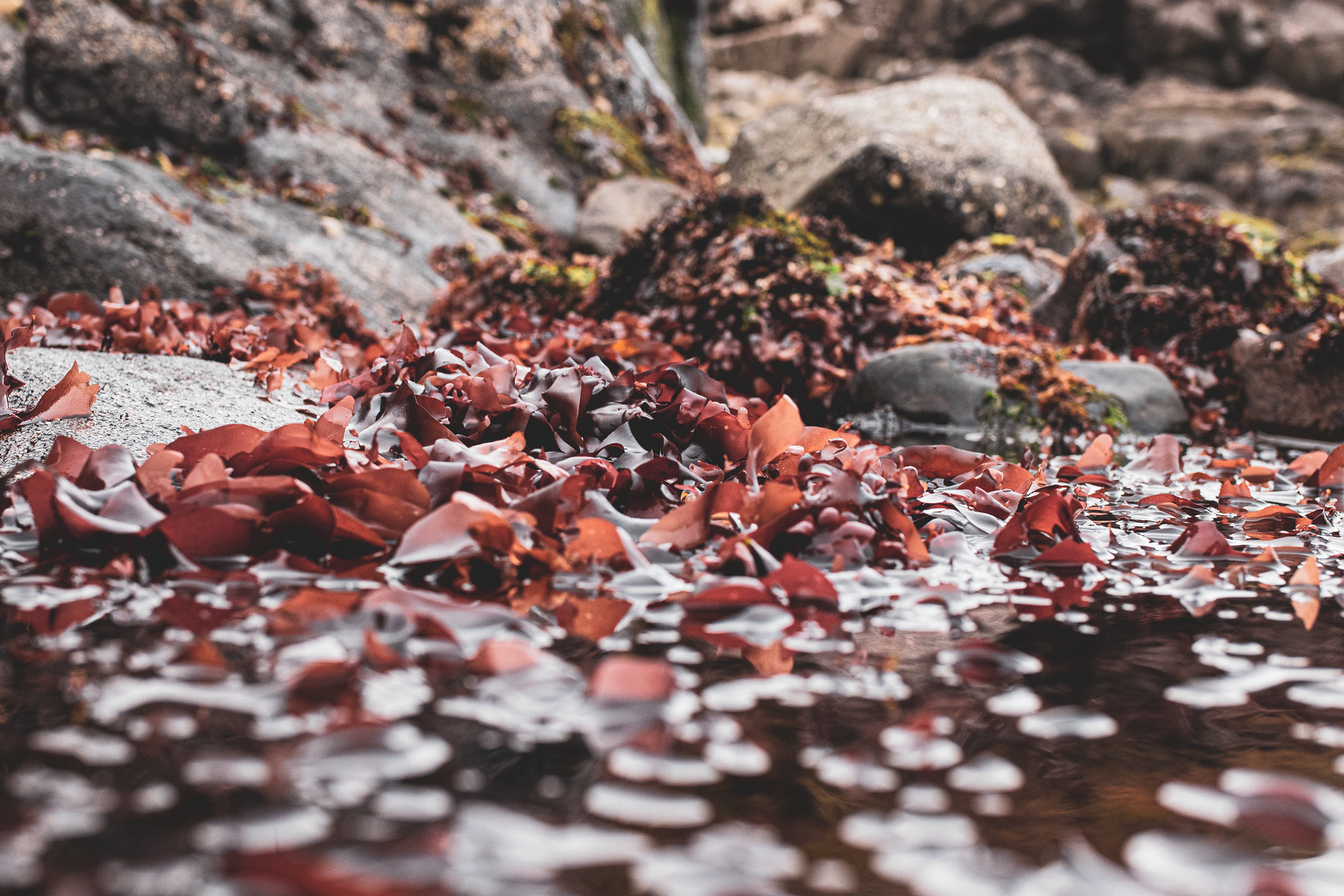
The project is based on a high-quality North Atlantic cooperation, which includes partners from the four regions supported by NORA, to strengthen the transition to a sustainable bioeconomy based on marine natural resources.
The team includes researchers from the University of Stavanger (UiS) (Norway); TARI-Faroe Seaweed (Faroe Island), RORUM (Iceland), and the Greenland Institute of Natural Resources (GINR) (Greenland).
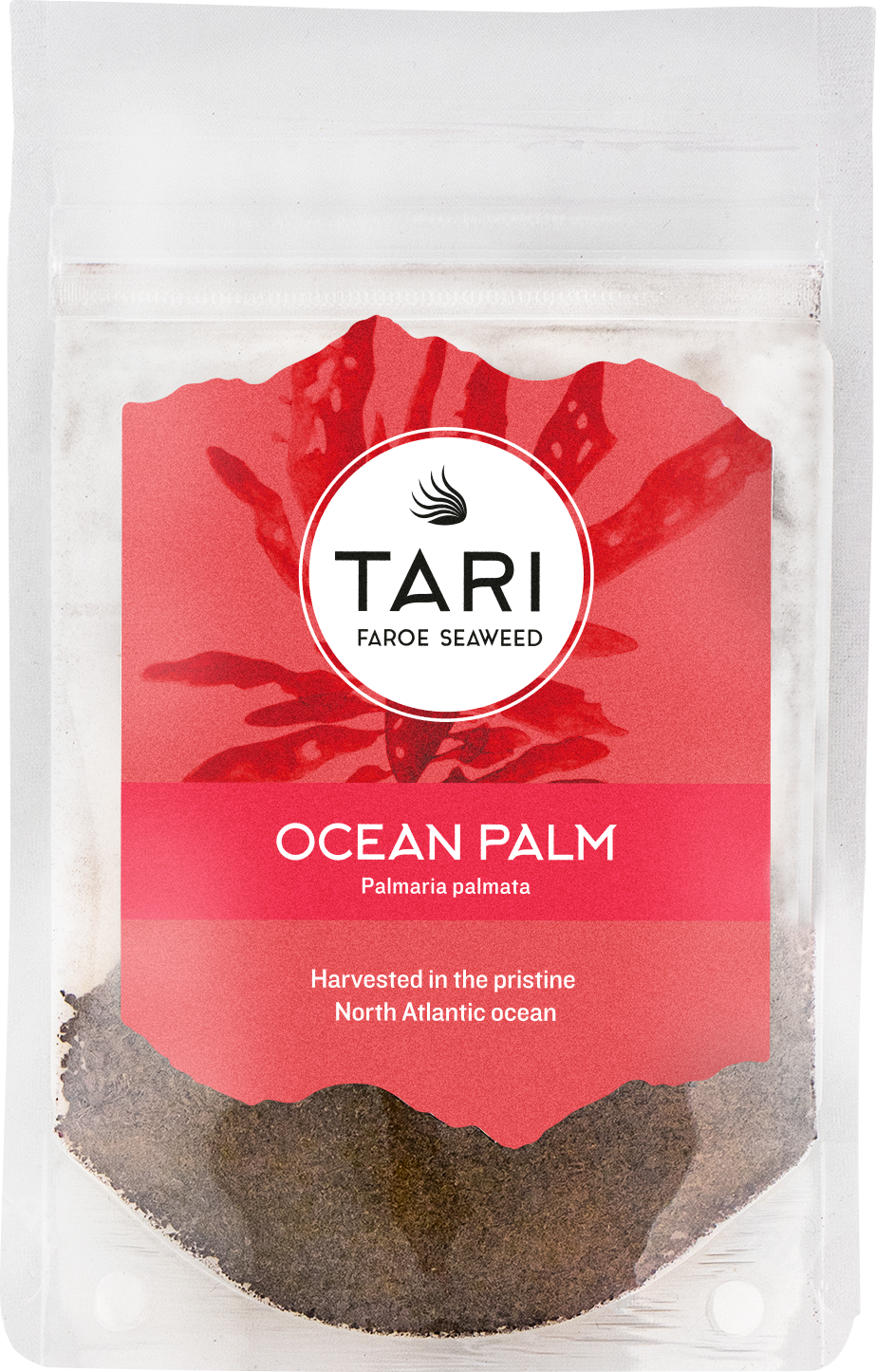
The red seaweed Palmaria palmata (dulse) has a strong economic potential as a product for human consumption, boasting one of the highest protein contents in algae, documented bioactive properties and good palatability. Combined with a wide distribution range in the North Atlantic and growing public interest in the product, dulse is a prime candidate for the development of sustainable, sea-based aquaculture.
During the first year of the project, the main Icelandic populations have been identified and mapped, and their potential for harvest is under assessment. Cultivation attempts are in progress, both at a small scale in Greenland and at a commercial scale in the Faroe Islands, and show promising results. As biofouling is a major challenge for land-based hatcheries, a latest experiment using green light successfully proved the reduction of epiphytic on-growth while having a negligible effect on growth rates of dulse.
Studies of in-lab growth cultivation were also carried out to evaluate dulse protein content and antioxidant activity. Using vegetative propagation, a successful growth was achieved over 14 weeks (averaging 5 – 7 %/day), resulting in fronds as long as 5 cm from 1 - 2 mm original fragments. The highest protein content was recorded in the mother plants (from which the fragments were obtained) and towards the end of the experimental period, suggesting that older, thicker tissue may yield more proteins. The fragment protein extracts were also characterised using liquid chromatography, mass spectrometry (LC/MS-MS), revealing that the majority of the identified proteins were related to photosynthetic mechanisms.
Short amino acid motifs, commonly known as bioactive peptides were also detected, revealing strong antihypertensive, antioxidant and antidiabetic potential in dulse proteins.
